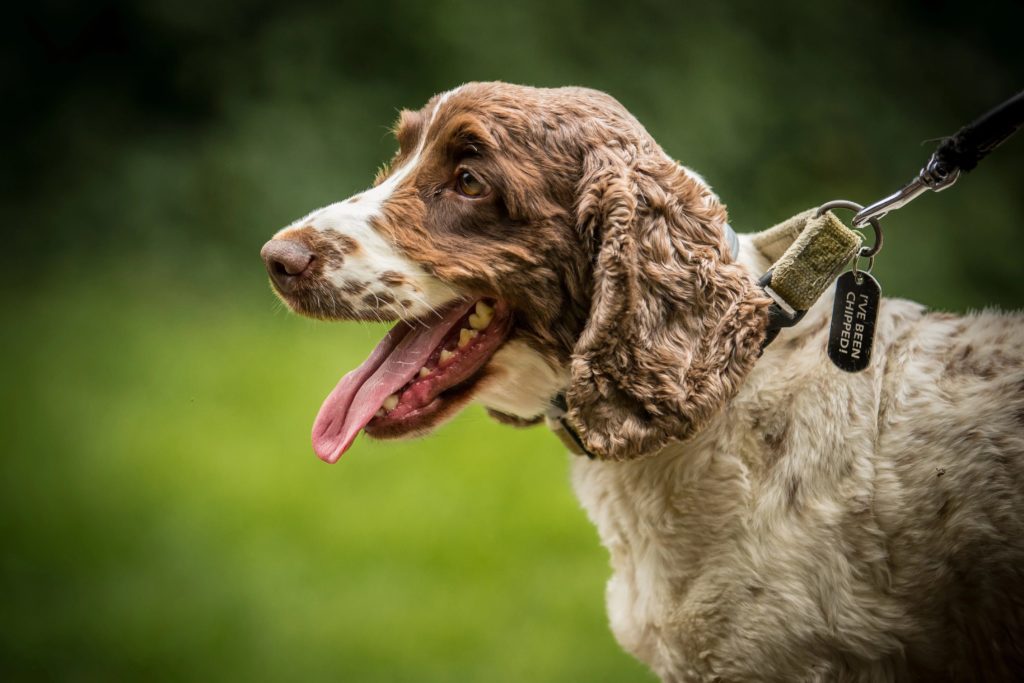Transfusion Medicine: Blood transfusion
It is becoming increasingly common for vets to use blood transfusions when treating specific blood diseases or traumas in small animal patients but how do we collect the blood and how is it given? We have created a series of blogs to give you a quick whistlestop tour of transfusion medicine.
We have covered why we may need to give a patient a transfusion and how we have collected the blood in our two earlier blogs. So how do we give the blood?
Calculating blood volumes to be transfused
Before we give any blood, we need to calculate how much blood is needed to give us an improvement in clinical signs and blood work of the recipient animal. There are many different calculations that vets may use to work this out, but generally, 2.2ml of transfused blood is needed per kilogram of bodyweight to increase the packed cell volume (PCV) of the patient. We must also assess the rate at which we will give the blood to the patient so that we do not cause overperfusion or hypersensitivity reactions by giving the blood too fast. Equally, if blood is given too slowly it can cause issues as the blood may become too warm if it is sat at room temperature for over 6 hours and lead to bacterial growth within the collection bag. This contamination can cause sepsis if the blood is given to the patient. The maximum rate blood can be given at is 22ml/kg/day or 20ml/kg/hr in collapsed animals. Transfusions tend to be given over 4 hours.
Blood types
There are many different blood types in cats and dogs. For dogs, we assess if blood is dog erythrocyte antigen (DEA) positive or negative. DEA 1.1 negative dogs should only receive DEA 1.1 negative blood but DEA 1.1 positive dogs can receive either DEA 1.1+ve or DEA 1.1 negative blood.
Cats have many different blood types arising from the production of ‘alloantigens’ which are certain molecules on the red blood cell surface that can cause an immune response when one blood type is given to a cat of another blood type. There are three main blood groups: A, B and AB. Type A cats must only receive Type A Blood and Type B cats must only receive Type B. Type AB cats can receive AB blood as first choice but Type A blood can be given if this is not available. However, other subgroups exist with different alloantibodies that cannot be tested for. The most extensively studied group is the Mik antigen group. As these groups cannot be tested for using commercial typing kits in clinics, it is important that feline blood is also cross-matched. This is a procedure that checks that the recipient animal does not have antibodies to the donor blood cells and can help vets in preventing a transfusion reaction.
Preparing stored blood
Before administration, all blood products are visually inspected for obvious issues such as clotting, contamination or discolouration. Refrigerated blood is gently warmed as excessive heat will cause damage to the red blood cells.
A tiny filter must be used to remove any clots during the transfusion and is attached to the transfusion line before it enters the patient.
Preparing the patient
Animals will have two intravenous catheters placed; one for blood and one for fluids. This is because blood products cannot be given with other fluids. Animals should not receive food or medication during transfusion as this will increase the risk of a transfusion reaction.
A PCV is taken before the transfusion is given to allow calculations to be made on amount of blood to be given and administration rates. A PCV is repeated on completion of transfusion, 12 and 24 hours post-transfusion. This is to monitor how effective the transfusion has been and assess for any transfusion reactions that may cause destruction of the donor cells. Baseline parameters of demeanour, rectal temperature, pulse rate and quality, respiratory rate, mucous membrane colour and capillary refill time are taken pre-transfusion and repeated every 15-20 minutes during and 1, 12 and 24 hours post-transfusion. During the transfusion the patient is continuously monitored and emergency medications are on hand if needed.
Transfusion reactions
Transfusion reactions tend to be split into acute and delayed categories. Acute reactions happen during the transfusion and delayed reactions happen a short time afterwards. These categories can be split further into immune-related and non-immune related reactions. Immune related reactions are caused by the immune system of the recipient animal attacking the donor cells. whilst a non-immune reaction occurs as a side effect of treatment itself but does not involve the body’s immune system specifically attacking the donor blood.
Fever, mild breathing difficulties, muscle tremors, vomiting, weakness, redness of the skin, hives and itching can be seen as common reactions. Kidney damage, collapse, fluid build up on the lungs or under the skin, widespread red blood cell destruction and destruction of clotting factors can be seen with severe transfusion reactions but these are less common.




